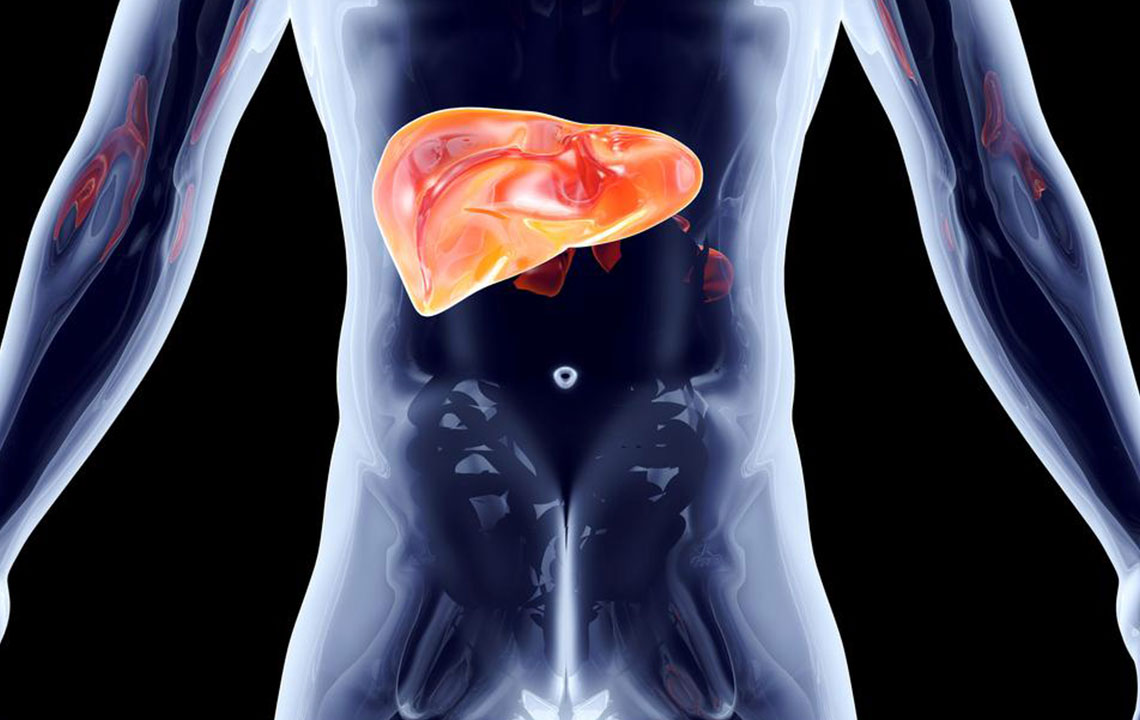Comprehensive Insights into Advanced Hepatitis C and Its Critical Impact on Liver Health
This comprehensive article explores how advanced hepatitis C virus infection severely impacts liver health, causes cirrhosis, and increases cancer risk. It discusses disease stages, symptoms, transmission modes, and treatment options, emphasizing early diagnosis and medical intervention to prevent serious complications.

In-Depth Examination of How Severe Hepatitis C Affects Liver Function and Overall Health
Hepatitis C virus (HCV) remains one of the most challenging infectious diseases impacting liver health globally. As it relentlessly progresses without proper intervention, the virus causes gradual yet significant damage to the liver, ultimately leading to serious conditions such as cirrhosis and liver failure. Understanding the stages of hepatitis C and their implications is crucial for early diagnosis, effective treatment, and the prevention of long-term complications. This article provides a detailed exploration of how advanced hepatitis C affects the liver, the symptoms associated with each stage, and the importance of prompt medical care.
HCV infection typically unfolds over four distinct stages, beginning with mild inflammation and advancing to extensive liver scarring, fibrosis, and in severe cases, cirrhosis. Early stages of infection often present no noticeable symptoms, making it difficult for individuals to realize they are infected. Over time, as the virus causes progressive liver damage, symptoms become more apparent, especially in the advanced stages.
The initial phase, characterized by inflammation, is often asymptomatic, but during this period, the virus is actively replicating within the liver cells. Without intervention, the infection progresses to a fibro-inflammatory stage where immune responses lead to the production of inflammatory cytokines, which play a crucial role in the subsequent tissue damage.
As the disease advances, the liver responds by depositing collagen, a fibrous protein that is part of the body's natural healing process. However, in chronic hepatitis C cases, excessive collagen buildup leads to fibrosis—a thickening and scarring of liver tissue. This fibrosis impairs the liver's microarchitecture and disrupts normal blood flow, resulting in compromised liver function.
When fibrosis becomes extensive, it culminates in cirrhosis, which severely impairs the liver's ability to filter toxins, produce essential proteins, and regulate blood clotting. This stage marks a critical point where liver function is critically compromised, and the risk of developing hepatocellular carcinoma (liver cancer) significantly increases.
Symptoms of advanced hepatitis C and cirrhosis are often severe and include easy bruising, persistent fatigue, jaundice (yellowing of the skin and eyes), swelling in the abdomen and legs due to fluid retention, and neurological symptoms such as confusion and difficulty concentrating caused by toxin buildup. Other signs include persistent itching, nausea, loss of appetite, unintentional weight loss, and gastrointestinal bleeding.
It is important to note that early stages of hepatitis C frequently lack symptoms, which underscores the importance of screening for at-risk populations. Transmission primarily occurs via sharing contaminated needles, unprotected sexual contact, or from mother to child during childbirth. Recognizing the risk factors and undergoing regular testing can facilitate early detection and treatment, preventing progression to severe liver damage.
Modern antiviral therapies have revolutionized hepatitis C management, offering high cure rates with direct-acting antivirals (DAAs). Early diagnosis and prompt treatment can halt disease progression, reverse some liver damage, and significantly improve quality of life.
Given the potential severity of advanced hepatitis C, individuals experiencing symptoms or at risk should seek immediate medical consultation. Early intervention, lifestyle modifications, and medical treatments are vital in managing the disease and preventing life-threatening complications.





